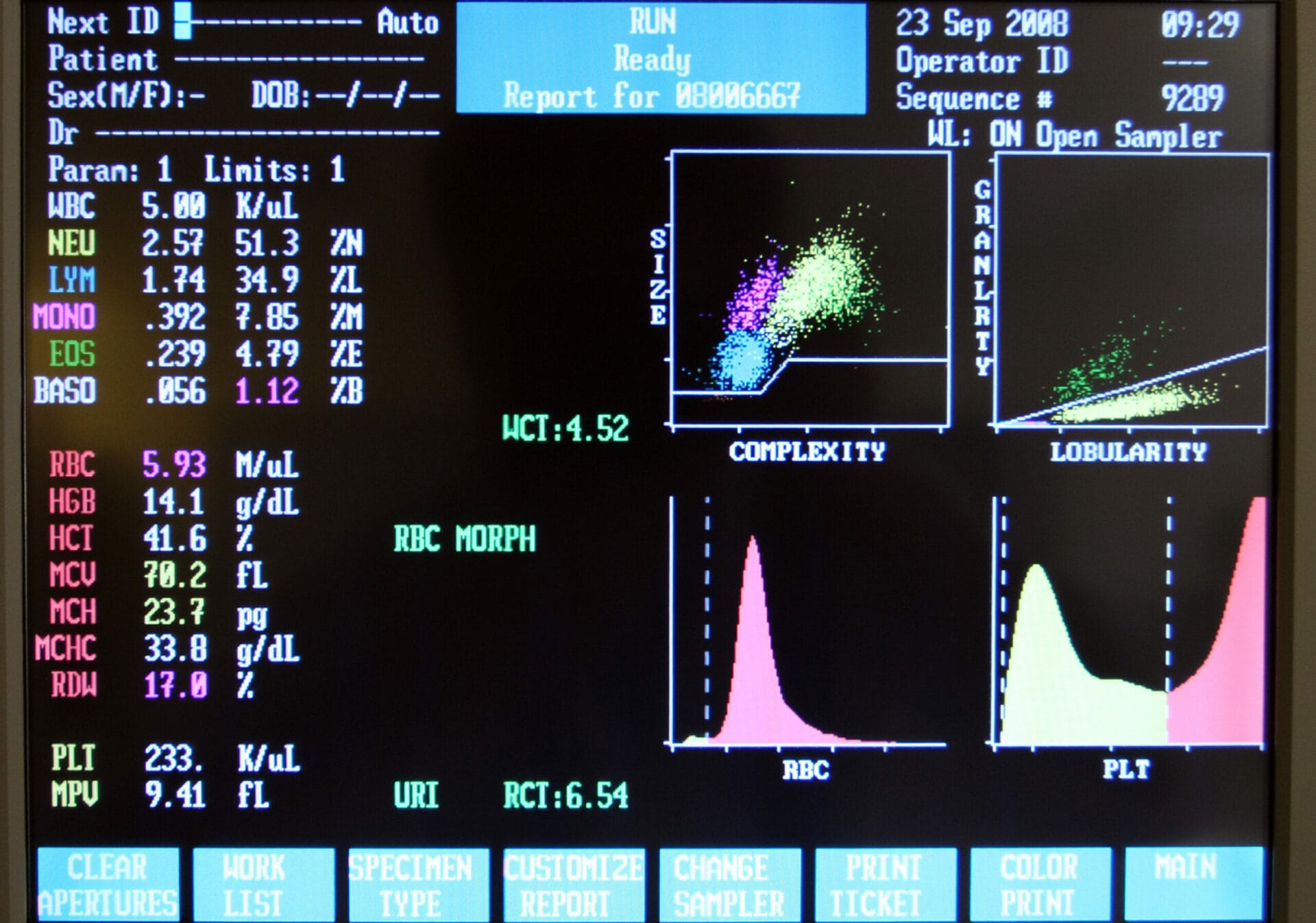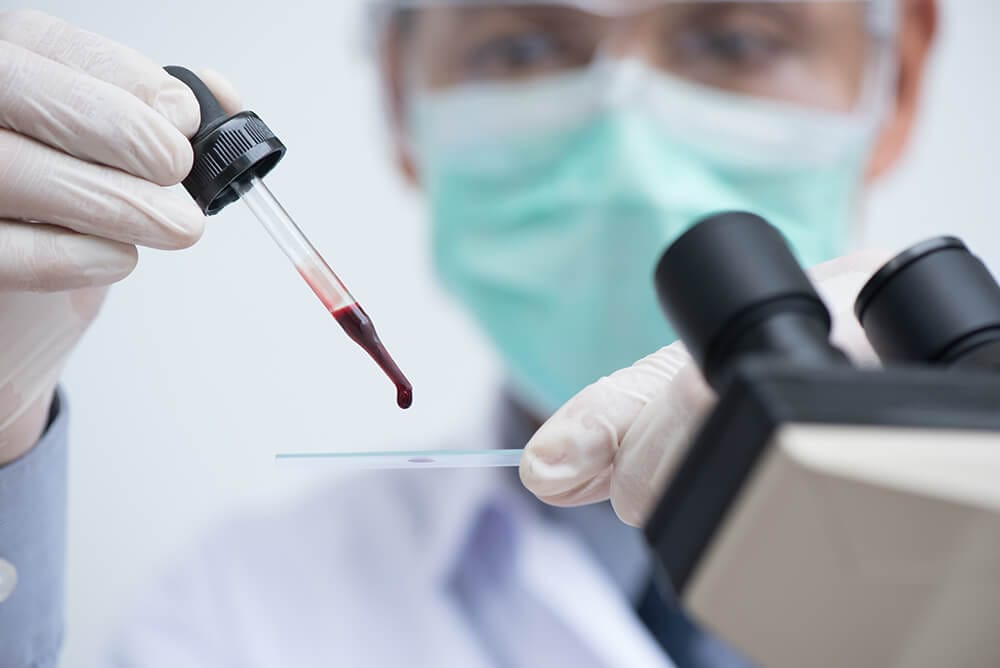
TLC Normal Range
TLC Normal Range
Our immune system keeps us safe from many pathogens that invade our bodies on a daily basis. One of the key components of the immune system is the white blood cells or leukocytes. The lack of hemoglobin is responsible for the white color, while the presence of a nucleus and the capability to be motile makes these leukocytes fight infection properly.
These white blood cells are constantly patrolling the body with the blood and targeting any foreign particles that do not belong to the internal ecosystem. Hence, checking for the presence and the number of leukocytes in blood help understand if you are fighting an infection or not. The total leukocyte count is often prescribed as part of the complete blood count, and the tlc normal range helps doctors determine various conditions and plan treatments. The following article will explain what is tlc in blood and what the tlc normal range means.
What is the Total Leukocyte Count?
The bone marrow produces these white blood cells that fight infection as part of the immune system. But this production is constantly occurring as the life span of these leukocytes is between 1 and 3 days. That said, the leukocytes can be found in other locations, like in tissues or in the gaps between these tissues, where they actively counter infections and/or foreign particles. Hence, understanding the tlc normal range is of utmost importance in ruling out conditions that have similar symptoms to blood cancer.
Leukocytes are made of five components, namely:
- Neutrophils
- Eosinophils
- Basophils
- Lymphocytes that include natural killer cells, T cells, and B cells
- Monocytes
The total leukocyte count or TLC checks for the number of these five markers/components in the blood sample. If any one of these is abnormally high or low, then further tests are prescribed to find the cause for the same.
What is the Purpose of Getting a Total Leukocyte Count test?
The test for checking the number of tlc in blood is prescribed when you show symptoms that can be related to the abnormal levels of leukocytes in the blood. The following conditions can be assessed by looking at the results of the total leukocyte count and understanding the tlc normal range:
- Infections caused by pathogens like bacteria or fungi
- Autoimmune diseases like lupus, rheumatoid arthritis, or hemolytic anemia
- Immune deficiencies like autoimmune polyendocrinopathy-candidiasis-ectodermal dystrophy or BENTA disease
- Blood disorders like cancer
- Side effects of cancer treatments
- Bone marrow dysfunction
- Inflammation caused by internal injuries
- Allergies like pollen allergies or food allergies
Both high and low numbers of total leucocytes in the blood can be the cause of concern, especially if it is for a prolonged time. Timely intervention can help treat the underlying condition without complications arising.
What is the Normal Total Leukocyte Count?
As mentioned above, the total leukocyte count is an indicator of how your immune system is functioning and if you are suffering from infections or any other condition. Sometimes, stress can also cause the leukocytes to function abnormally and weaken the immune system.
The tlc normal range can vary from lab to lab and also on factors like lifestyle, gender, age, and even body weight. Ideally, the tlc normal range is deemed to be between 4,000 and 11,000/microliters. The normal for men is higher as it falls between 5,000 and 10,000/microliters. For women, this range is between 4,500 and 11,000/microliters. In children, the tlc normal range is the same as that for adult males, i.e., between 5,000 and 10,000/microliters. If you have been recently vaccinated or recovered from a disease or infection, your total leukocyte count can be higher.
Causes of High and Low Total Leukocyte Count
There are various reasons that can cause the total leukocyte count result to be higher or lower than normal. When the total leukocyte count is higher than normal, it is known as leukocytosis. When the total leukocyte count is lower than normal, it is known as leukopenia.
Factors that cause leukocytosis are:
- Emotional stress (such as fever, injury, or surgery)
- Excessive physical activity can induce stress
- Burns that can be due to fire or chemicals
- Immune system disorders such as lupus or rheumatoid arthritis
- Thyroid problems
- Dental caries (cavities)
- Certain medicines, including lithium, corticosteroids, and beta-agonists
- Allergies
- Splenectomy (removal of the spleen)
- Smoking
- Obesity
- Leukemia
- Lymphoma
- Disorders of the bone like polycythemia vera or myelofibrosis
Symptoms of leukocytosis are:
- Fever
- Fatigue
- Pain
- Difficulty breathing
- Wheezing
- Night sweats
- Unexpected weight loss
- Rash
Factors that can lead to leukopenia are:
- Aplastic anemia
- Leukemia
- Lymphoma
- Multiple myeloma
- Myelodysplastic syndrome
- Myeloproliferative syndrome
- Myelofibrosis
- Bone marrow transplants
- Chemotherapy
- Radiation therapy, especially for larger bones
- Kostmann syndrome
- Myelokathexis
- AIDS
- Viral hepatitis
- Malaria
- Typhoid fever
- Tuberculosis
- Autoimmune disorders such as Sjögren’s syndrome, lupus, etc.
- Malnutrition that is caused by vitamin and mineral deficiencies
- Medications such as carbimazole, penicillin, etc.
- Sarcoidosis
Symptoms of leukopenia are:
- Very high fever
- Sweating
- Chills and shivering
- Shortness of breath
- Coughing and sore throat
- Formation and drainage of pus due to injury or infection
- Painful urination
- White patches in the mouth
- Sollen and reddening of areas in the body without cause
Conclusion
When testing for tlc in blood and determining the tlc normal range, you need to know the complications that are usually associated with the blood test and the collection process. If you are on certain medications that can affect the total leukocyte count, you need to consult your doctor as to whether you have to stop those medications or not. Having a healthy total leukocyte count and the result being in the tlc normal range is an indication that you are healthy and not suffering from any genetic conditions or organs getting affected by infections. That said, if you have a family history of autoimmune disorders or show symptoms like constant fever and fatigue over a prolonged period, you should get a total leukocyte count test.
FAQs
What is aplastic anemia?
Aplastic anemia or Idiopathic aplastic anemia is a condition that causes the bone marrow to not produce enough blood cells. Normally, the effects of aplastic anemia are not always evident but symptoms like fatigue, fever, and constantly contracting infections are major indicators that you are suffering from aplastic anemia.
Can NSAIDs cause leukocytosis?
Certain non-steroidal anti-inflammatory drugs (NSAIDs) like corticosteroids or epinephrine can cause leukocytosis as it triggers the immune system to go into overdrive.
Does pregnancy affect the total leukocyte count?
Pregnancy can cause you to suffer from leukocytosis. This is because the white blood cells usually label the developing foetus as foreign particle and targets it.
What vitamin deficiency can cause leukopenia?
One prominent vitamin deficiency, that of the deficiency of folate or vitamin B12, can cause leukopenia. This is because vitamin B12 is essential for the formation of new red blood cells and subseguently keeps the bone marrow healthy.















